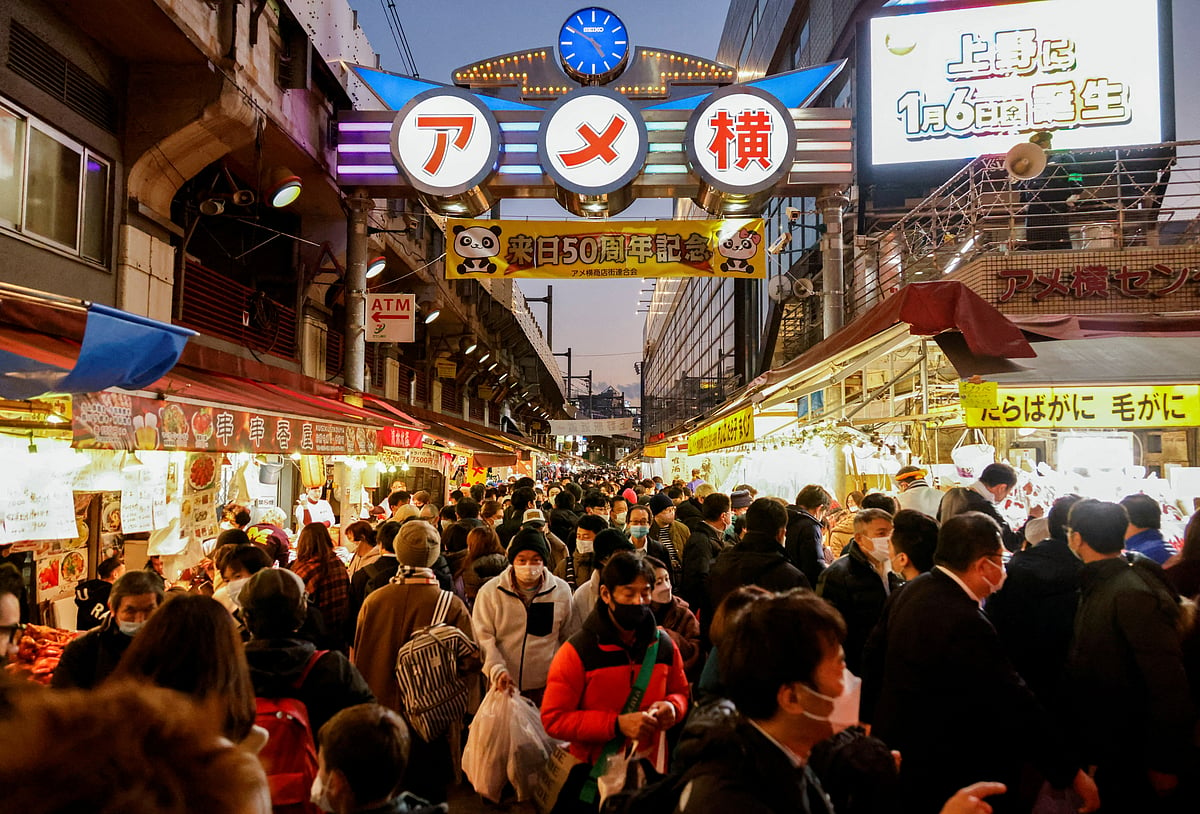
Japan’s population falls while foreign residents rise to record
The number of Japanese people has decreased at the fastest pace ever while the number of foreign residents has risen to a record of nearly 3 million, government data showed on Wednesday.
The data showed that Japanese society is aging across the country and suggests that foreign nationals are playing an ever bigger role in making up for the shrinking population.
The number of Japanese nationals fell for a 14th year, by about 800,000 people, to 122.42 million, according to resident registration data as of 1 January, 2023, released by the Ministry of Internal Affairs and Communications.
For the first time, the number of Japanese residents fell in all 47 prefectures, the data showed.
The number of foreign nationals living in Japan was a record 2.99 million, a 10.7 per cent increase from the previous year, the biggest year-on-year increase since the ministry began tracking the data a decade ago.
As of 1 January, 2020, just before the Covid-19 pandemic spread around the world, there were 2.87 million foreigners living in Japan.
Japan’s total population fell to 125.42 million, a decrease of about 511,000, the new data showed.
The population has fallen every year since peaking in 2008 due to a low birth rate, reaching a record low last year.
The government aims to address the problem by various means, including employing more women, the top government spokesperson said.
“To secure a stable workforce, the government will promote labour market reforms to maximise the employment of women, the elderly and others,” Chief Cabinet Secretary Hirokazu Matsuno said.
Prime Minister Fumio Kishida has made reversing the sliding birth rate a top priority and his government, despite high levels of debt, plans to earmark 3.5 trillion yen ($25 billion) a year for child care and other measures to support parents.
A group of Tokyo-based public think tanks said last year that Japan needed about four times as many foreign workers by 2040 to achieve the government’s economic growth forecasts.
Tokyo had the most foreign residents with 581,112 of them, or 4.2 per cent of the capital’s population.